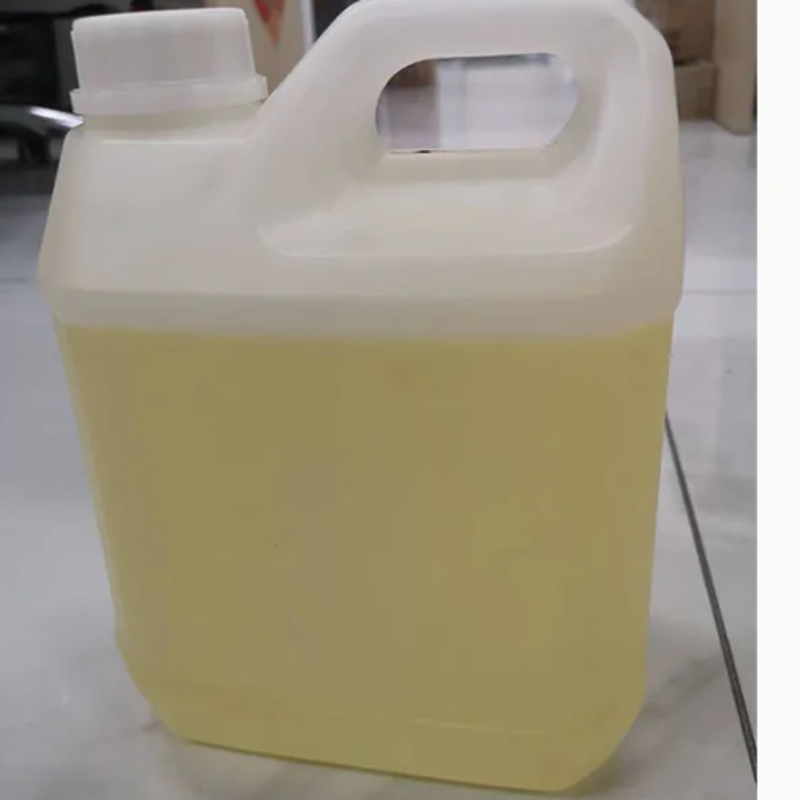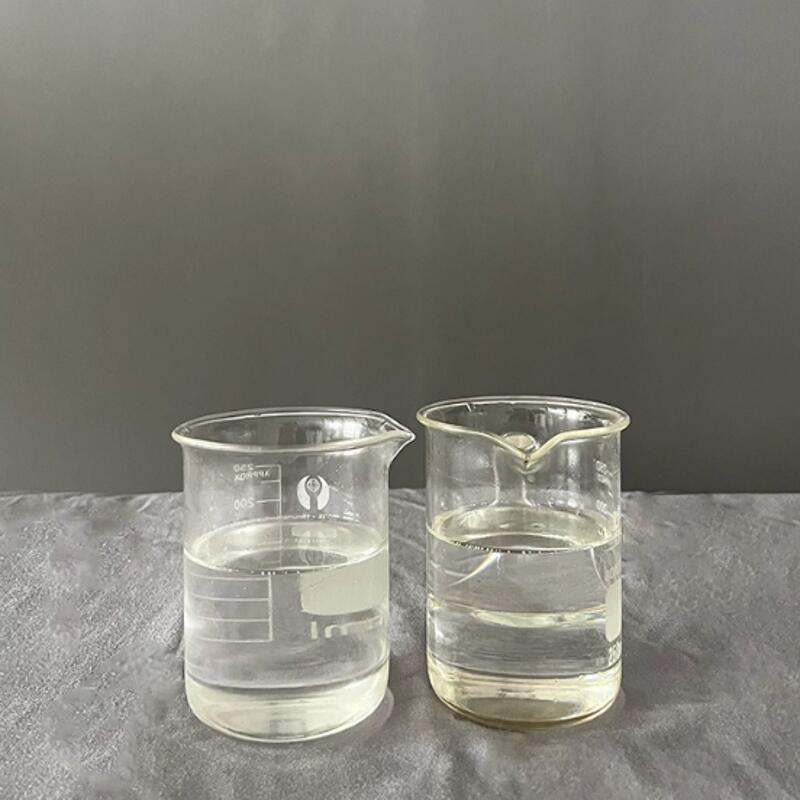-
Categories
-
Pharmaceutical Intermediates
-
Active Pharmaceutical Ingredients
-
Food Additives
- Industrial Coatings
- Agrochemicals
- Dyes and Pigments
- Surfactant
- Flavors and Fragrances
- Chemical Reagents
- Catalyst and Auxiliary
- Natural Products
- Inorganic Chemistry
-
Organic Chemistry
-
Biochemical Engineering
- Analytical Chemistry
-
Cosmetic Ingredient
- Water Treatment Chemical
-
Pharmaceutical Intermediates
Promotion
ECHEMI Mall
Wholesale
Weekly Price
Exhibition
News
-
Trade Service
Continental announced that the traditional discrete instrument panel is dying, including the familiar speedometer, tachometer and fuel gauge
.
Instead, the company is trying to find a display that can provide all of this information to replace most dashboards in today's cars
.
That's not an exaggeration; Germany's Continental says it has secured an order from "a well-known global automaker" to produce these displays, which will start production in 2024
.
This will combine driver-centric information with the infotainment system and front-seat passenger-centric information
.
Potential content includes navigation, warning signs, movies, news, social networks, office apps or booking apps for route planning, displayed on the front side of the cab
.
“The digital and safe driving experience is becoming the most distinguishing feature of modern vehicles,” said Jens Brandt, Head of HMI North America at Continental.
“The size of the display and its intuitive operation play a central role here
.
”
In fact, Brandt believes that customer focus has shifted from under the hood to the dashboard
.
"Horsepower used to be the gold standard for vehicle differentiation, but now it's screen diagonal and user experience
.
"
But Brandt insists that information is more important to drivers today
.
"As the importance of autonomous driving increases, so does the way we spend our time in
the car.
As a result, there is an increasing demand for solutions and services for in-car user experience
.
"
However, dashboards are not always flat, which complicates the installation of such large displays, requiring a variety of solutions, from flat displays to curved displays that fit seamlessly into the cockpit, and even V, C, L type or S type display
.
Its purpose is to meet the needs of the driver and front passenger, so that they can easily reach the screen
.
Plus, there's the small problem that no one has built a car display that's as wide as the car they're riding in
.
The solution is to invisibly stitch together multiple display panels to give them the appearance of a single device
.
The necessary invisible transition isn't the only key detail here
.
Additionally, there is a need for seamless integration of passenger sensors and cameras that record driver behavior
.
Of course, these gigantic digital displays require a correspondingly large amount of digital data to function, so Continental is also using concepts such as high-performance computers in the cockpit to solve vehicle electronic architecture problems
.







